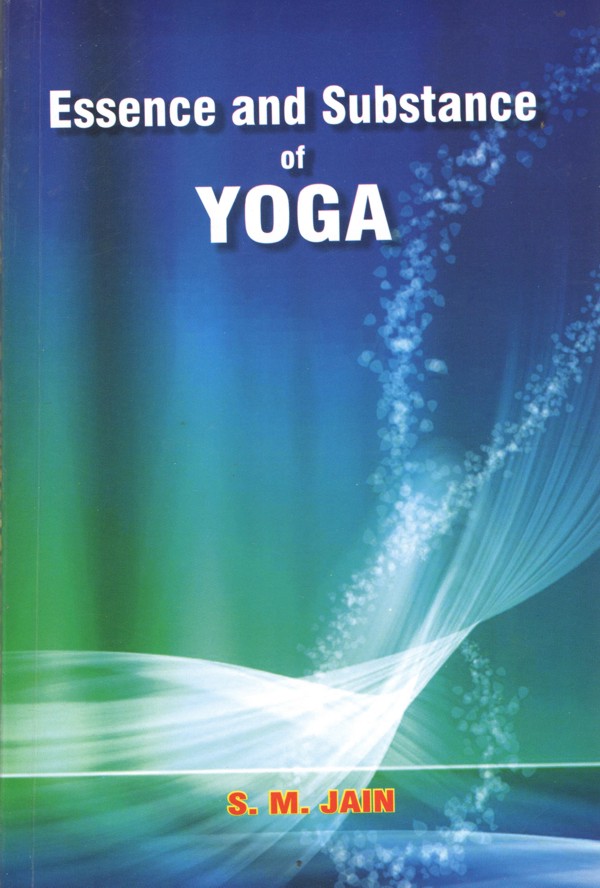Zen And Sufi Yoga
Zen Yoga
Zen is Japanese word from word “Dhyan”. The special name for Zen in Japanese is “Konemama” or “Sommama” which mans “Thisness of Life”. There is considerable influence of Buddhism in Japan. Zen may be off shoot of Buddhist yoga but in a modified form. Zen Philosophy is man-centric and not god-centric. It subscribes that man is carrying god in himself as a potentiality. This concept also is similarly to Jain concept that each soul has a potential to attain the ultimate purest and highest stage of enlightened called godhood. Zen looks humanity with undivided vision. Then is no ‘there’ and it is all here. ‘Moment’ is all and there is no other time and space. Zen yoga is centred on the moment and not past or future and on here and not anything there or elsewhere. This implies concentration by every individual on every act, every moment which is same as awareness or mindfulness, prescribed and emphasised in Vedic, Jain and Buddhist yoga also.
According to Zen, there s no god, sitting somewhere in heaven, creating and controlling life, existence and all. It believes that there is no controlled life and that life is moving of its own accord in harmony. If there is god, an outside authority, then one loses dignity and it will be slavery. A person believing in god cannot be religious because god will dominate and destroy freedom. God in “Old Testament” says, “I am a very jealous god, cannot tolerate any other god. For those not with me, I am a very violent and cruel god and punish them by throwing into eternal fire of hell”.
In Zen there is no god, no book and no prophet. It is non-conceptual and practices immediacy, moment to moment. It instructs to drop all ideologies which actually divide people. In Zen yoga practice one should be empty and look into nature of things as such without ingrained biases of various forms, religious and cultural. It considers the world as one, nothing is separate, everything is joined, interlinked and pulsates together, whole life is as if a net. Even a small here, say a leaf is joined with farthest star and if something happens to leaf, same is going to happen with star also. Existence is one family. This resembles the quantum theory. According to scientist Wheeler there is “Quantum Foam” in which every particle is connected with every other particle with a quantum interconnectedness. Neither an electron nor any other object has any intrinsic properties independent of environment. Atoms and subatomic particles, electrons, protons, neutron and even quarks behave in response to environment which is collective whole. The latest theory of ‘Quark entanglement’ under experimentation also supports Zen point of view.
However, Zen yoga practices prescribe passivity. It advises to simply sit idle or lie down, doing nothing. This is contrary to its own concept that everything is pulsating and acting. Passivity is negation of life itself. But unfortunately passivity is not practised in Zen yoga only but in all other forms of yoga. Sitting idly, concentrating on breath or non-existent or real object, reciting, repeating hymns (mantras) and even devotional songs is all idling and waste of time.
Sufi Yoga
This is Islamic form of yoga, though orthodox clerics decry yoga as un-Islamic. Firoz Bakht Ahmed in his article “Yoga Beyond Religion” (The Times of India, February 8, 2003) asserts that there is no such thing as Yoga being ‘haram’ (disallowed) in Islam. According to him Islamic yoga is a reality, there is no conflict and actually Islam and yoga together make a mutually beneficial holistic synergy. Asharf F. Nizami in his book “Namaz, the Yoga of Islam” (published by D.B. Taraporevela, Mumbai, 1977) writes that in “namaz” various constituents like “sijdak” is like “shirshasana”, “quayam” is “vajrasan” and “Ruku” is “paschimothanasana”. Maintaining a healthy and fit body is a requirement in Islam as body is considered a gift from Allah. According to Badrul Islam “Salat” - the five times prayer a day resembles physical exercises of yoga asanas. Hakim G.M. Chishti in his Book of Sufi Healing writes that life from its beginning to end, is one continuous set of breathing practices and that the holy “Quran” in addition to all else it is a set of breathing practices. Abdul a Quari Basit of Egypt (who melodiously recite Quran whose recitation of Quran is considered the best till date), practised breathing exercise exactly similar to pranayam and was able to recite Surah by holding his breath for such a long duration that even medical experts were amazed. The purpose of “Yoga” and Sufi life style (Tariqat-e-Naqshbandi) are similar since both aim at achieving mystical union with the ultimate reality “Brahma” (Vedic) or “Allah’ (Islamic). Interestingly Firoz Bakhat explains that the word “Ohm” according to Urdu or Arabic alphabet is formed from three alphabets - Alif, Wo and Meam, Abbreviations of which i.e. “Alif” means “Allah”, “Wao or Wa” means “and” while “Meam” means “Mohammad”.
Sufism is from Arabic word “tsawwuf” i.e. “Suf” which means wool as Sufis wear woollen clothes and wool is the garb of animals, signifying that a Sufi has to become as innocent as an animal. Another interpretation of word “Sufa” is purification and cleanliness. The third interpretation is that it is from the Hebrew root “Ain Sof” which means absolute, infinite and a Sufi’s search for it, Sufi is absent minded and only in flesh in the world. Sufi believes that supreme or God can be realized by simple methods and there is no need for subtle or gross philosophising. Though Sufis claim to be realistic, pragmatic, existential and experimental. They are as a matter of fact, appear from their beliefs and practices, escapist from the din and duties of worldly life.
The orthodox authors consider Sufism to be based on Quran and Adith (Sayings of prophet) and thus a reality of many dimensions, touching every facet of human life and existence. Sufi is supposed to have no fear, but if based on Quran, then fear is a precondition. In Quran God says “fear me if you have faith (Quran III, Sura 175). Sufis practice “Sokr” which means intoxication or drunkenness, described as spiritual state in which Sufi loses awareness of all, everything accept beloved God. Thereafter they practices “Salw” which mean sobriety after intoxication. There is difference of opinion as some prefer intoxication to sobriety. There is practice of ‘Fana’ also, a spiritual state in which there is annihilation of attributes of human nature. This may be likened to state of Samadhi in Vedic yoga. Another practice of “Baga” is also a spiritual state which means subsistence through attributes of God. Sufi also practices relinquishing one by one from infancy to maturity, first to last and the same in reverse order from last to first. It is claimed that it is not regression because regression according to Sufis is an unconscious flight but in their case it is a conscious and wilful movement towards reality. But fact remains that it is flight, escapism from worldly life and its responsibilities. As in other yoga systems, in Sufism also there are various modes and practices.
 S.M. Jain
S.M. Jain
